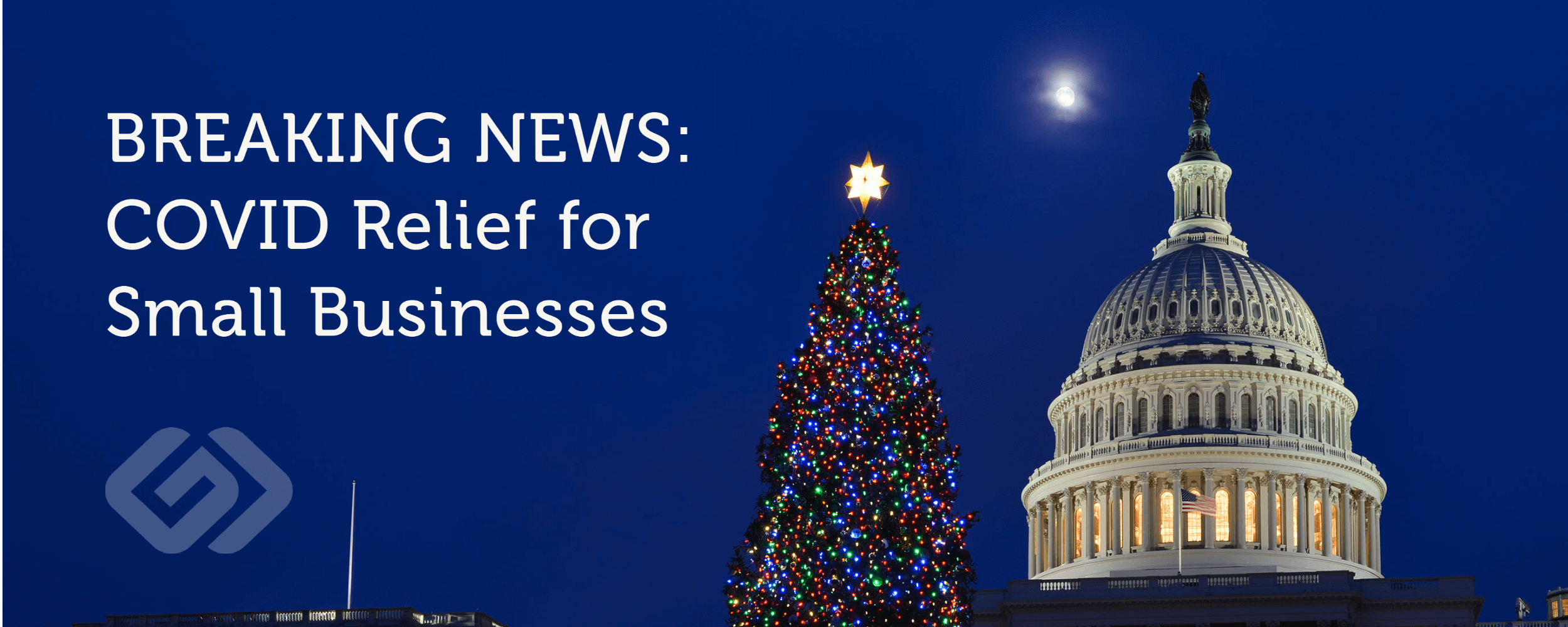Breaking News – COVID Relief For Small Businesses
By Martin Fox, CPA/ABV, CVA

December 21, 2020
Santa came to town early today for many small businesses. Congress finally agreed to a COVID-relief bill that will put some much-needed change in the tills of Main Street businesses.
Among the 5,593 pages of the bill, here are some of the highlights for business:
PPP-Related Expenses are Tax Deductible! – If you recall, Congress stated in the original CARES Act that forgiven PPP loans would not be included in taxable income. Done deal, right? Wrong. The IRS came along and said that, to the extent that a taxpayer pays for expenses with non-taxable income, those expenses are not tax deductible. Today’s bill overrides the IRS position, stating that “no deduction shall be denied, no tax attribute shall be reduced, and no basis shall be denied, by reason of the exclusion from gross income.”
Simplified PPP Forgiveness Application – Loan forgiveness applications for PPP loans up to $150,000 will be streamlined. Borrowers will sign and submit a certification no more than one page in length and will not be required to submit any other documents to the lender.
PPP Round Two – Small businesses that have been hit hard will be eligible for a second round of PPP loans. Aptly named the Economic Aid to Hard-Hit Small Businesses, Non-profits, and Venues Act, the bill authorizes new PPP loans for businesses with no more than 300 employees and who have seen their gross receipts drop by 25% or more in any quarter in 2020 as compared to the same quarter in 2019. Like the first round of PPP loans, the maximum loan amount is still 2.5 times the average monthly payroll for either the 1-year period before the loan date or calendar year 2019. The maximum loan amount is $2 million. In addition to payroll costs, rent, utilities and mortgage interest, the new PPP loans can also be used for certain covered operations, property damage, supplier costs, and worker protection expenses.
PPP for Small Farmers or Ranchers – The initial round of PPP loans used net profit on Schedule F from tax returns as the basis for owner’s payroll. The amount that could be borrowed was the Schedule F profit (up to a maximum of $100,000) divided by 12 and multiplied by 2.5. Many farmers were ineligible because they showed little or no profit on their tax forms. The second round of PPP loans changes the calculation basis from net profit to gross receipts. So even if the farm showed no profit, the owner can use the farm’s gross receipts (up to $100,000) as the basis for applying for PPP loans.
Employee Retention Credit Expansion – If your business has experienced at least a 20% decline in gross receipts for any quarter compared to 2019, this is a big change that you don’t want to overlook! The employee retention credit has been extended to July 1, 2021. Better yet, the refundable credit is calculated at 70% of wages paid to an employee up to $10,000 for any quarter. Unlike before, businesses will now be able to take the Employee Retention Tax Credit and participate in the PPP.
Grants for Shuttered Venue Operators – For theatres (both live and film), most of which have been shut down since March, help may be on the way. Theatres, producers, and promoters that can demonstrate at least a 25% drop in revenue for any quarter in 2020 can apply for a grant to cover a good portion of operating expenses while shut down. For theatres that were in operation at the beginning of 2019, the grant is equal to the lesser of 45% of the 2019 gross revenue or $10 million.
The news of this bill passing gives our team optimism about entering a new phase of progress in the year ahead. Small businesses can continue to count on us to help bring clarity to the benefits available to you. If you would like more details on the information in this article, please contact Marty Fox (mfox@gccpas.net).